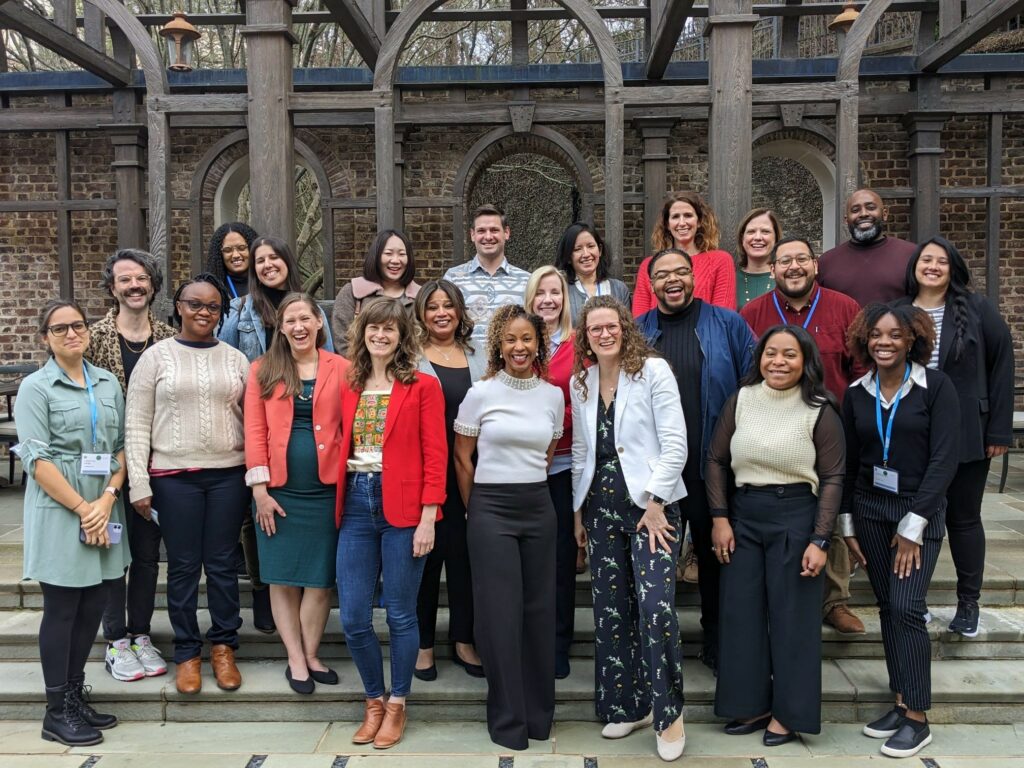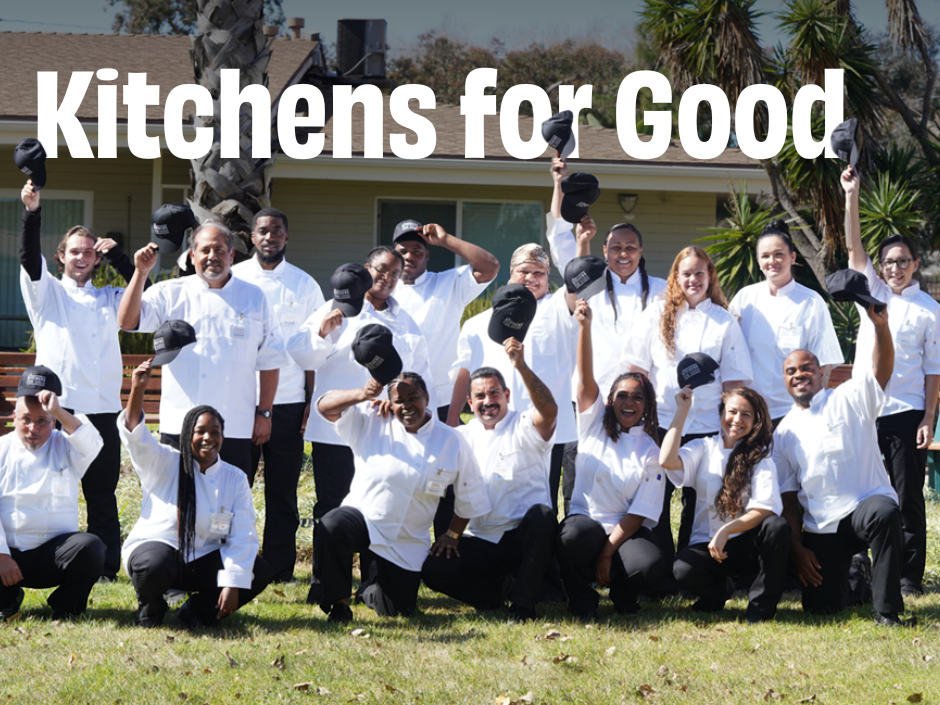When I told my friends that I went to a conference about “feedback,” they looked at me like I was an alien.
And in fairness, I don’t blame them! But most people don’t realize just how essential feedback is both at work and between friends. Every individual plays a crucial role in promoting a positive feedback culture.
At REDF, the feedback we receive from our employment social enterprise partners is essential: it helps us to better understand how our investments affect our grantees and the field at large. From the format, language, and length of our grant applications to how we approach our advocacy work, the insights and data our partners have provided over the years has sparked wide-ranging improvements to our approaches and processes.
I serve on REDF’s Learning & Evidence team, which involves synthesizing data of all kinds — including direct feedback we receive from leaders in our network — into actionable insights! And for the past 12 months, I’ve also participated in the Feedback Champions Fellowship, organized by the nonprofit Feedback Labs.

As part of the fellowship, I attended the 2024 Feedback+ Denver Summit, an annual gathering of practitioners, funders, and researchers to discuss the process of incorporating feedback in philanthropy, nonprofits, and government. According to their website, Feedback Labs “believes people are the best experts in their own lives, and they should ultimately drive the policies and programs that impact them.”
Even though we at REDF prioritize receiving feedback already, there’s still room to further enhance how we listen and respond to our ESE partners. Pushing ourselves to improve our feedback practices will help us better understand diverse leader perspectives, foster inclusivity, and make more informed and empathetic decisions that benefit ESE leaders and the people they serve.
This conference was brimming with insights worth sharing with anyone whose work has the ability to affect others. Here are five key lessons I learned:
- If we are not at the table, we are on the menu.
Active participation in feedback processes helps to ensure that perspectives are considered and interests are protected. We have the power and position to partner with leaders and create a collective voice to address challenges — and feedback is one critical tool that can ensure we’re looking out for our community. - Get past the “why” and lean into the “how.”
Understanding the value of feedback is just the first step — the ultimate goal is to work together to figure out practical ways to gather, use, and act on feedback to drive improvement and change. This involves creating actionable strategies, tools, and processes that make feedback an integral and effective part of our everyday operations. - Feedback is a journey, not a destination.
Feedback is an ongoing process, not a one-time goal. I think of it as a cycle: give feedback, act on it, learn, and repeat. This approach can help us stay flexible and open to change, fostering a culture where everyone’s input is valued and long-term growth is prioritized. - Feedback is a growing field.
The field of feedback and listening is expanding! Advances in research, technological innovations, and educational programs are enhancing best practices and tools for effective feedback and active listening. This shift is fostering more supportive and inclusive organizational cultures. - All of us are champions and ambassadors. (Yes, that means you!)
As champions, we are dedicated to giving and receiving constructive feedback to drive personal and collective growth. As ambassadors, we model and advocate for effective feedback practices, fostering an environment of open communication, mutual respect, and continuous improvement. This collective responsibility helps build a stronger, more cohesive team where everyone feels valued and heard.



